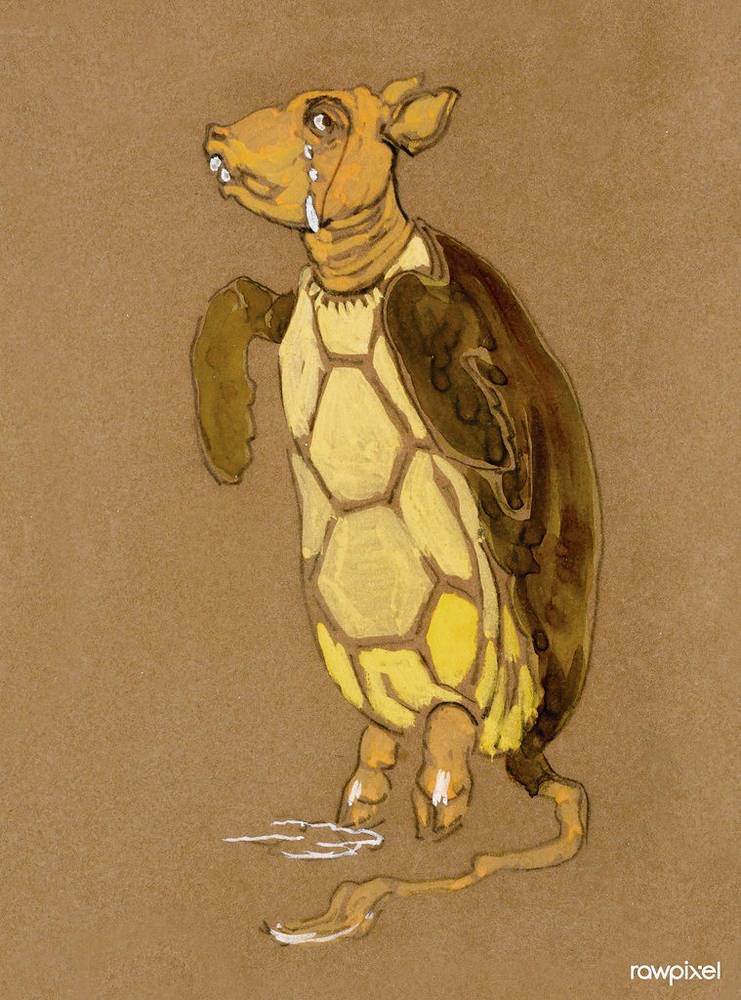Author Lewis Carroll’s skepticism about the range and purposes of “regular” education, as expressed through his 1865 classic Alice’s Adventures in Wonderland, spoke volumes about the limits of public education of the time.
“I couldn’t afford to learn it,” said the Mock Turtle with a sigh. “I only took the regular course.”
“What was that?” inquired Alice.
“Reeling and Writhing, of course, to begin with,” the Mock Turtle replied: “and then the different branches of Arithmetic — Ambition, Distraction, Uglification, and Derision.”
Until late in the 20th century, public education tended to function on the basics as Carroll’s Mock Turtle claimed.
Innovation and public education were not words commonly found in the same sentence.
But now, thanks to imaginative teachers and politically courageous administrators and school trustees, that has changed in 2021.
Across Canada, innovative schools have begun to find ways, while maintaining the importance of the “basics,” to focus curriculum on the application of the essentials of learning to real-world projects.
Take, for example, the Farm Roots Mini School in the Delta school district. Farm Roots is an
innovative school that directly links students to the multi-layered agricultural industry.
While earning dual credits toward high school graduation and graduation from Kwantlen Polytechnic University, students learn how to design, plan and maintain a “learning farm” set on eight acres.
Then there is the Art in Science Project at Vanier College in the Montreal borough of Saint-Laurent, which is designed around the idea of science pedagogy expressed artistically.
While traditional science courses rely on lectures and exercise drills to help students memorize complex facts and procedures, the Art in Science Project challenges students to portray scientific concepts through visual arts, music, videos and computer simulations.
A curriculum that focuses on immediate eco-problems drives the Pollinator Inquiry Program at Tredway Woodsworth elementary school in Toronto.
The program began as an inquiry-based project on the role of bees within the ecosystem and has since expanded into a three-year, school-wide initiative that empowers students to understand the imminent crisis of bee extinction.
Students in grades 2-8 at Tredway Woodsworth engage in hands-on learning designed to illustrate the drastic effects of insecticide use on bee populations.
At the Seven Oaks School Division in Winnipeg, Man., innovation and entrepreneurship are key components at the award-winning grades 9-12 Maples Met Innovation Centre for Entrepreneurship.
The MICE program provides learners with internships with local entrepreneurial mentors, whereby students design their own start-ups that cater to real clients.
Closer to home, the Robert Bateman Secondary Art Activism program in Abbotsford enables students to blend art, English and social justice curricula and take a stand on social issues of importance to their community.
At the Chief Paul Niditchie School at Tsiigehtchic, Northwest Territories, students from kindergarten to Grade 9 take culture-based programs that align with the seasonal activities of the Gwich’ya Gwich’in people.
Learning moves from the school’s indoor classrooms to land-based education on the traditional fishing, hunting and trapping grounds surrounding the community.
The curriculum, grounded in the ways of knowing, doing and being of the Gwich’ya Gwich’in people, has been characterized as “reconciliation in action.”
The Max Aitken Academy (Anglophone North School District) at Miramichi, N.B. breaks the mould of traditional education by rearranging the traditional teaching schedule in order to set aside a weekly “Project Period” time.
The Project Periods allows Grade 6 students to fully engage with personalized learning projects, which have included mock election campaigns, inventors’ workshops and a young entrepreneurs’ holiday market.
The curriculum provides real-world, hands-on learning experiences by rearranging the traditional teaching schedule and evaluation methodology to accommodate the approach.
At Milton District High School in Milton, Ont., teachers team up to deliver Integrative Thinking — a method for guiding classroom conversations and projects — with a focus on scientific discovery.
Students tackle problems ranging from access to clean water to invasive species, how to maintain biodiversity and beautifying the school campus in ecologically sound ways. Learning is then shared through student-led exhibitions that demonstrate an innovative approach to problem-solving.
Even an imagination like Lewis Carroll’s could not have foreseen how, in 2021, this combination of creativity and political courage on the part of educational leaders could move public education beyond reading, writing and arithmetic in the classroom and out into the real world — without compromising the essentials.
gfjohnson4@shaw.ca
Geoff Johnson is a former superintendent of schools.



